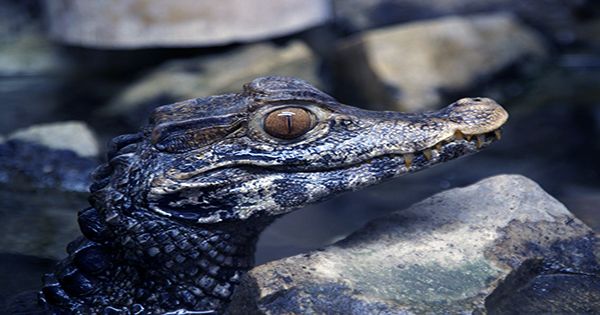Orangutans carrying sharp stone tools have demonstrated to scientists that they instinctively know how to use them, as they began cutting their way through food puzzles using flint-flakes without being educated. Orangutans do not utilize stone tools in the wild, which provides new insights into the evolution of stone tool use among our human ancestors as an instinctual activity. The giant apes demonstrated their abilities in a study published in the journal PLOS ONE. Researchers wanted to investigate if and how some confined orangutans could use a variety of stone tools both with and without instruction.
“Stone tool research with untrained apes allow us to create a more informed hypothesis about the skills our extinct hominin ancestors may have had,” said lead author Alba Motes-Rodrigo of the University of Tübingen’s Department of Early Prehistory and Quaternary Ecology. “Studies like these help us understand how stone technologies first evolved and which stone-related behaviors functioned as stepping stones for the development of intentional sharp stone-tool production and use in our lineage.”
Orangutans are useful in this type of study since they are skilled tool users in the wild, but not with stones. This means that captive animals can be presumed to be untrained in stone tool making, allowing researchers to study the learning process of stone-related skills from the start. The researchers offered some orangutan’s hammers and a blunt stone core to see if they could get into a baited puzzle, as is customary when working with big primates. If they wanted to get to the food prize, they had to cut a rope or silicon.
While both animals pounded their enclosures with their hammers, neither attempted to shape the stone core in order to carve their way into the puzzle. One orangutan, Loui, demonstrated innately knowing how to utilize a sharp stone tool to cut through to the meal when given a human-made flint flake. This is the first time an untrained orangutan has displayed cutting behavior in this manner.
When three orangutans were shown how to change a blunt rock into a sharp tool by striking it with another stone, one began imitating the action by striking the stone core with lithic percussions. “Our findings have added a new piece to the puzzle of our species’ technological origins, demonstrating that an ape species that does not use stone tools in the wild and diverged from our lineage 13 million years ago spontaneously engages in stone-related behaviors crucial for stone tool making (lithic percussion) and has the ability to recognize and use sharp stones as cutting tools, which had never been reported in an untrained ape,” Motes-Rodrigo concluded.
















